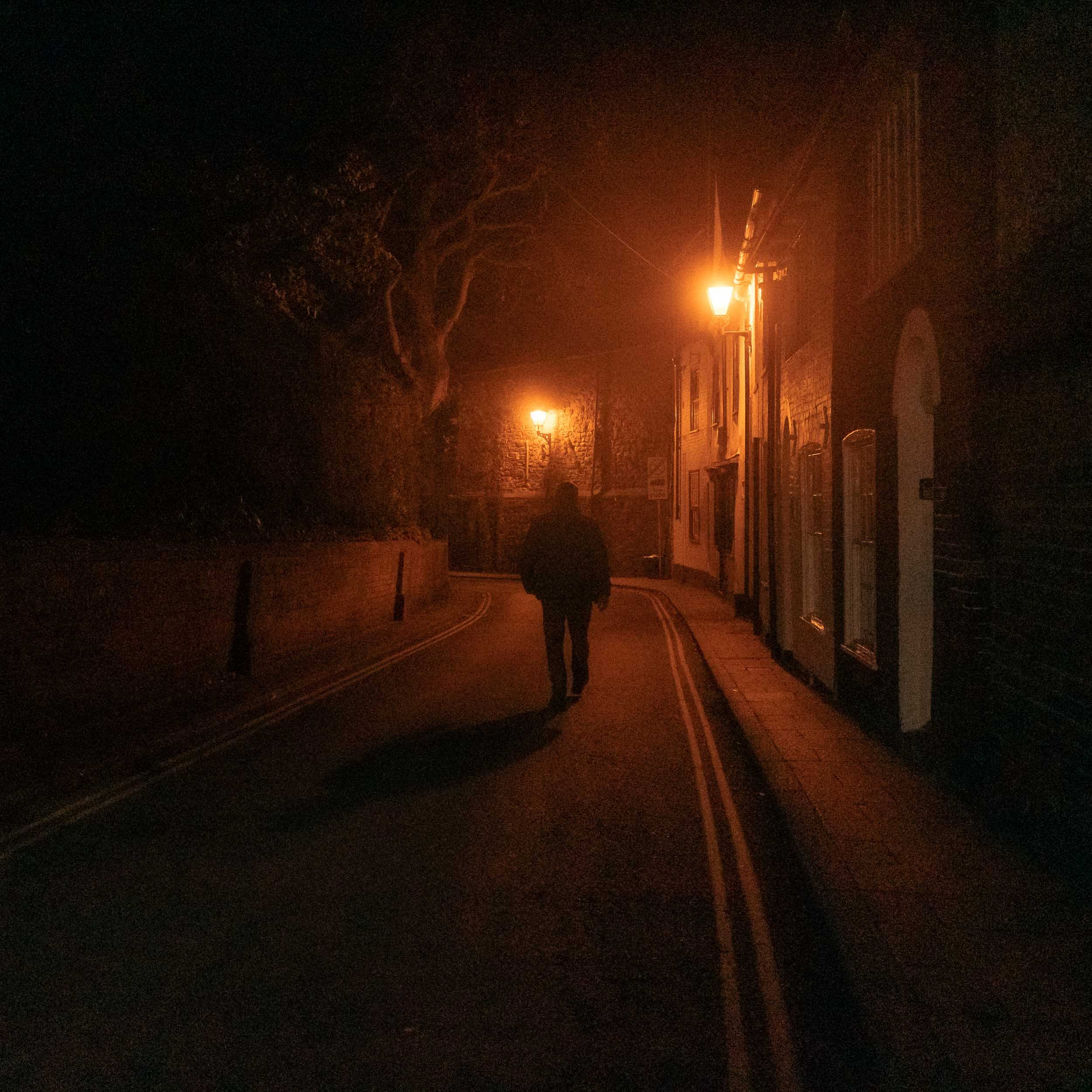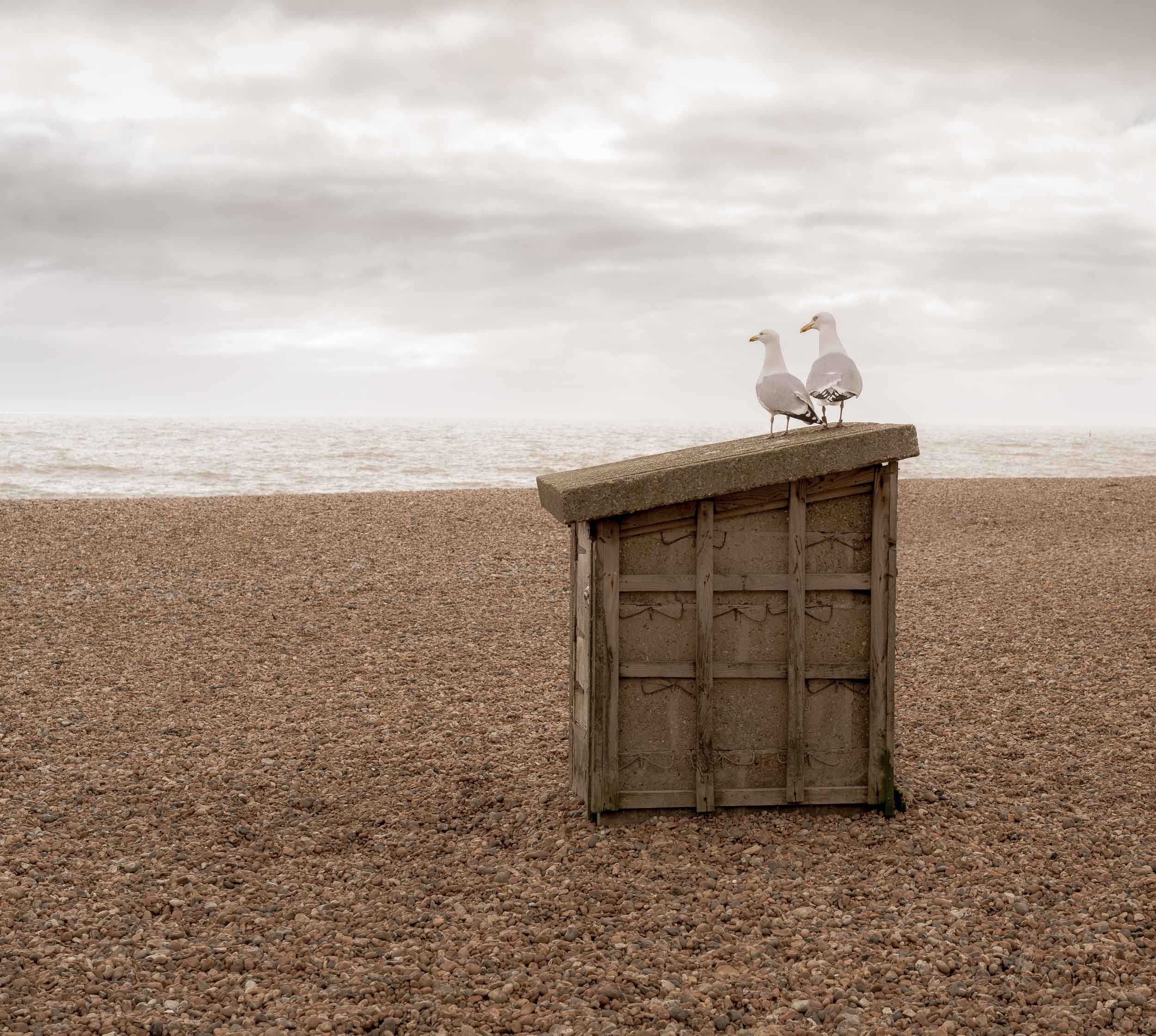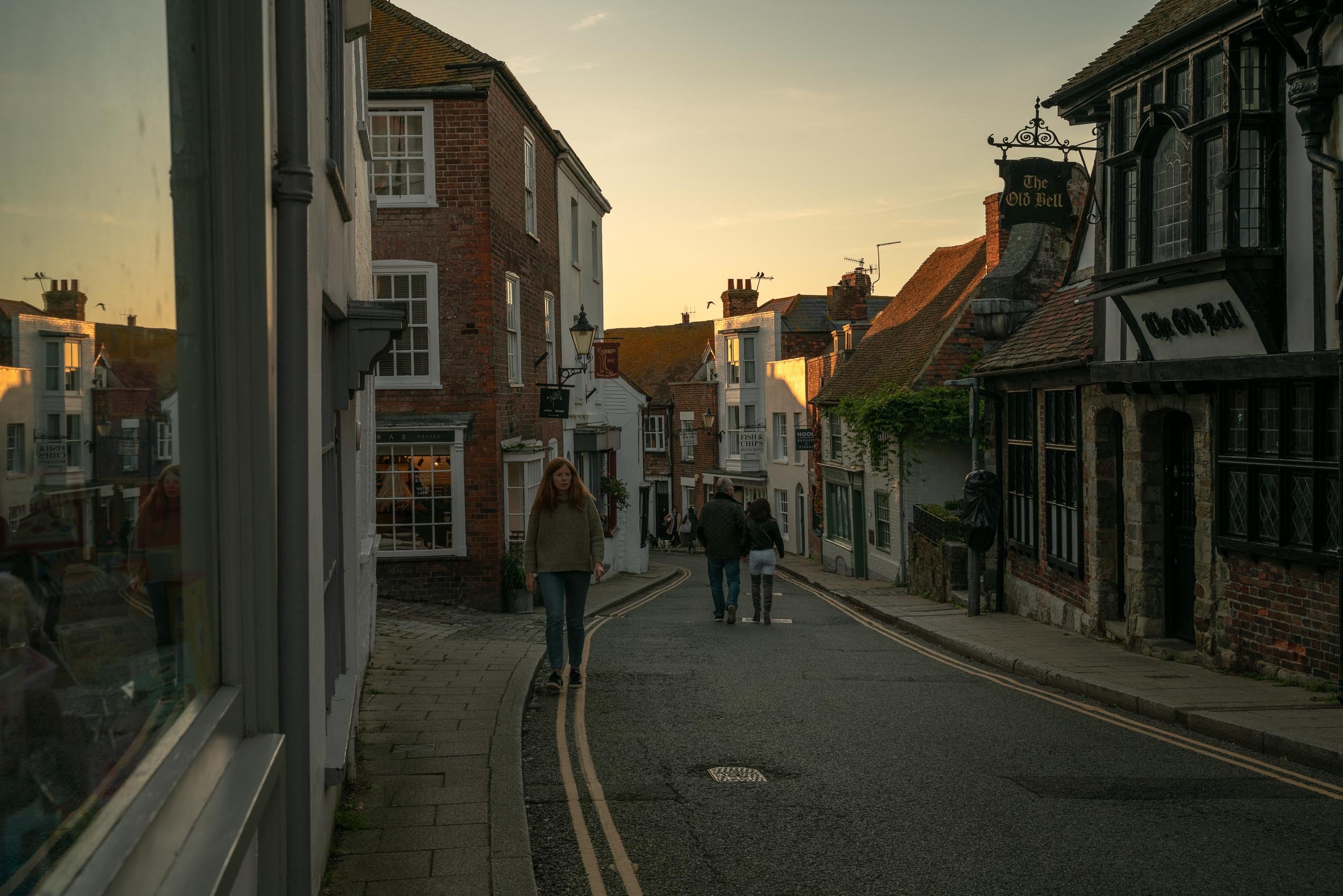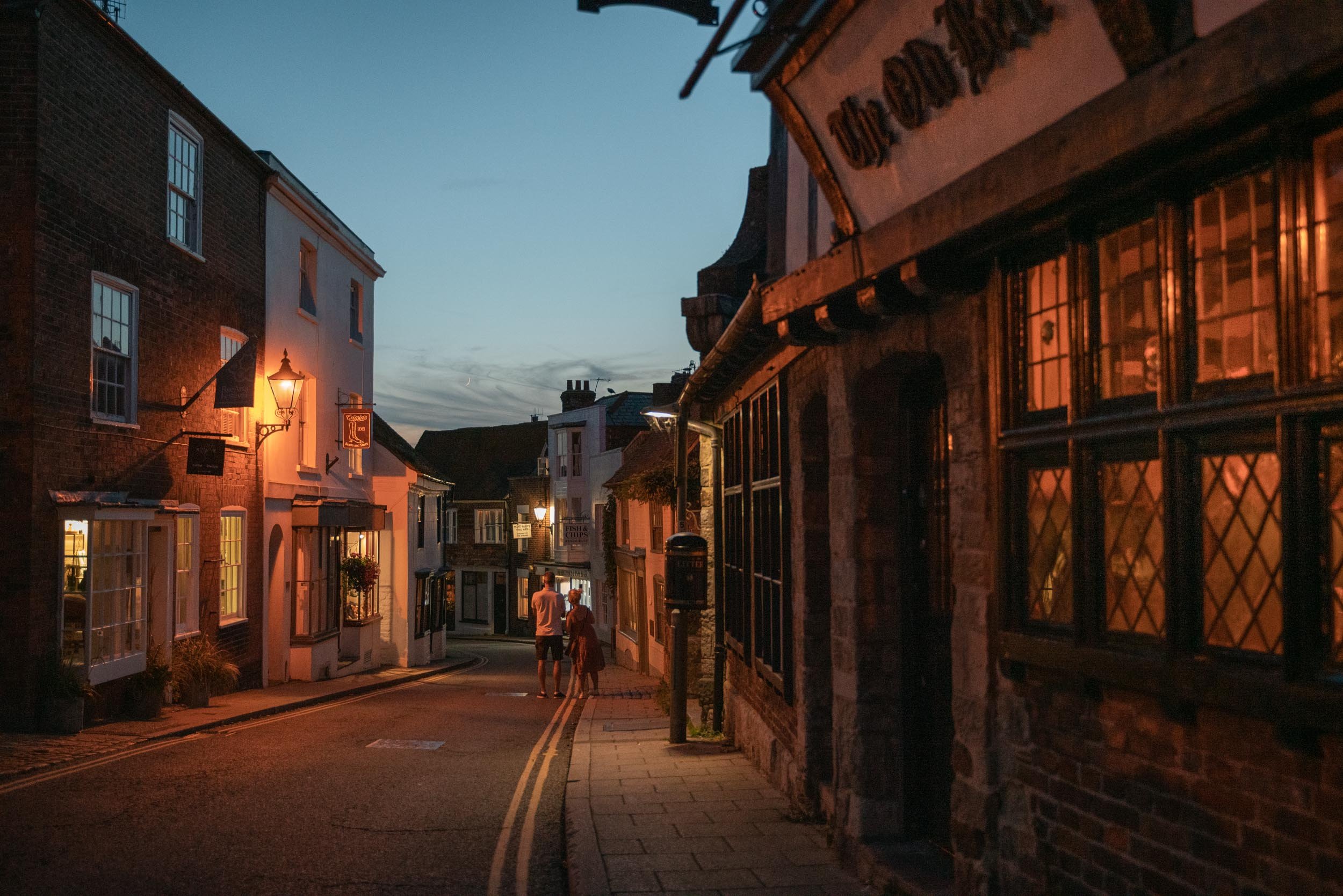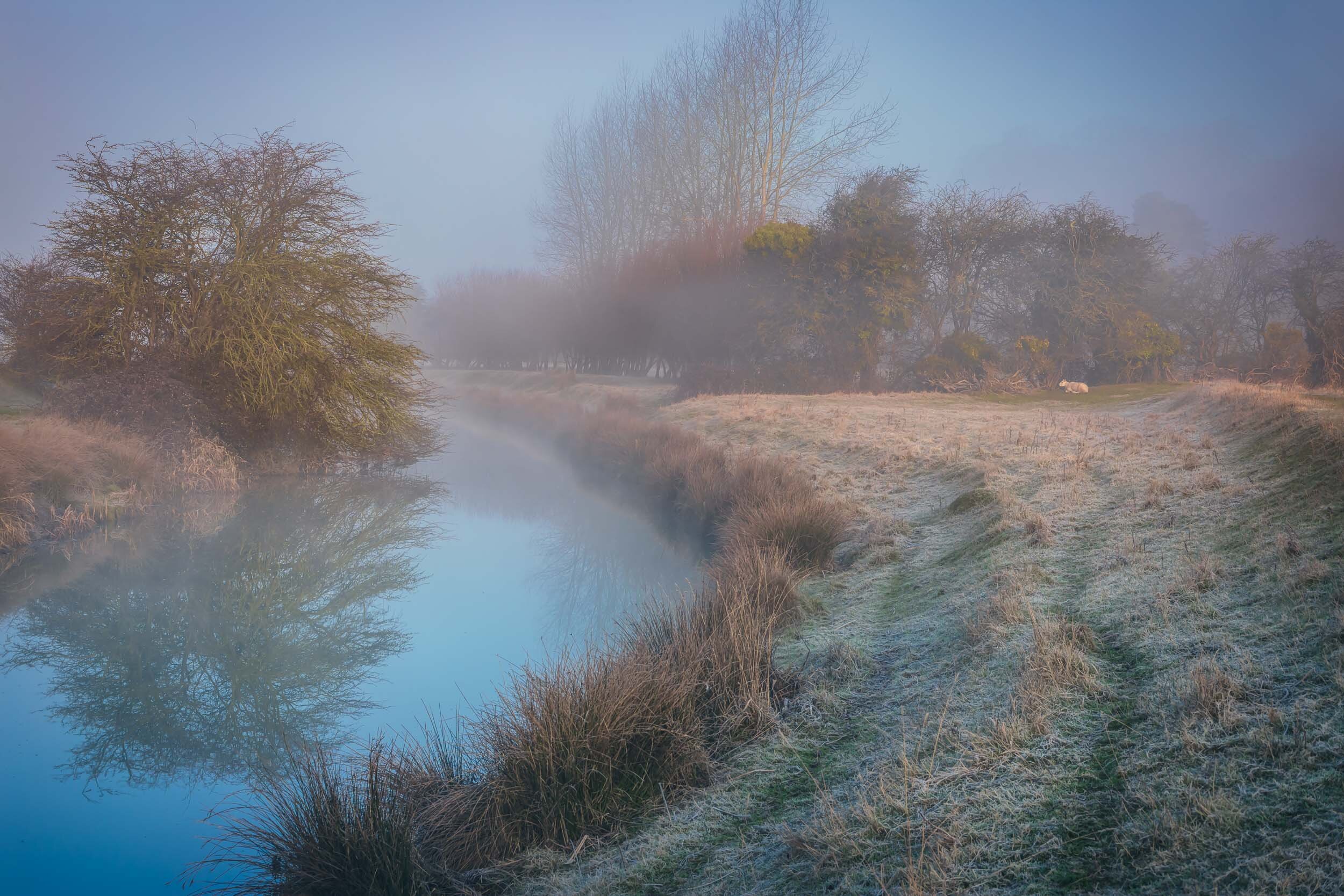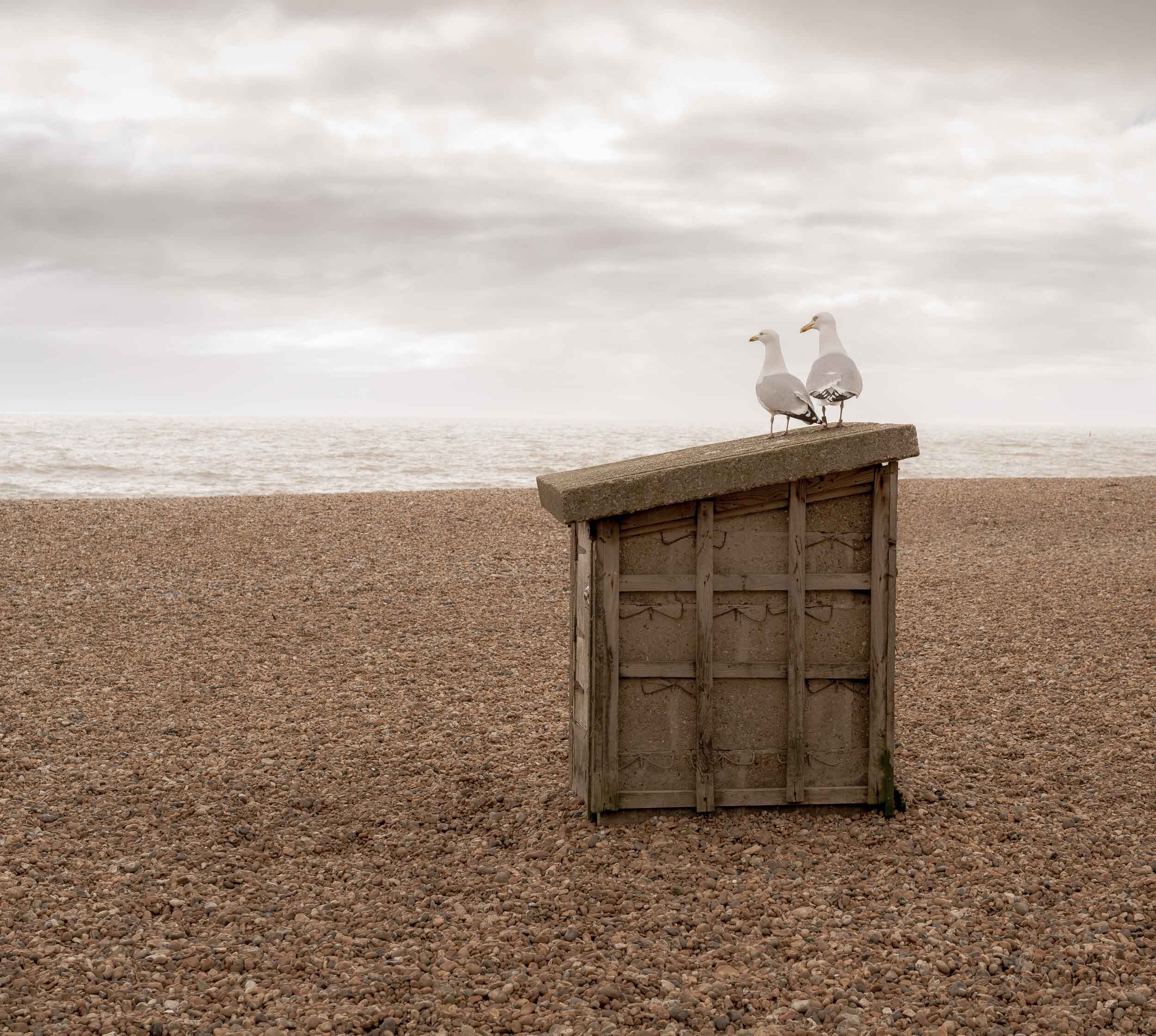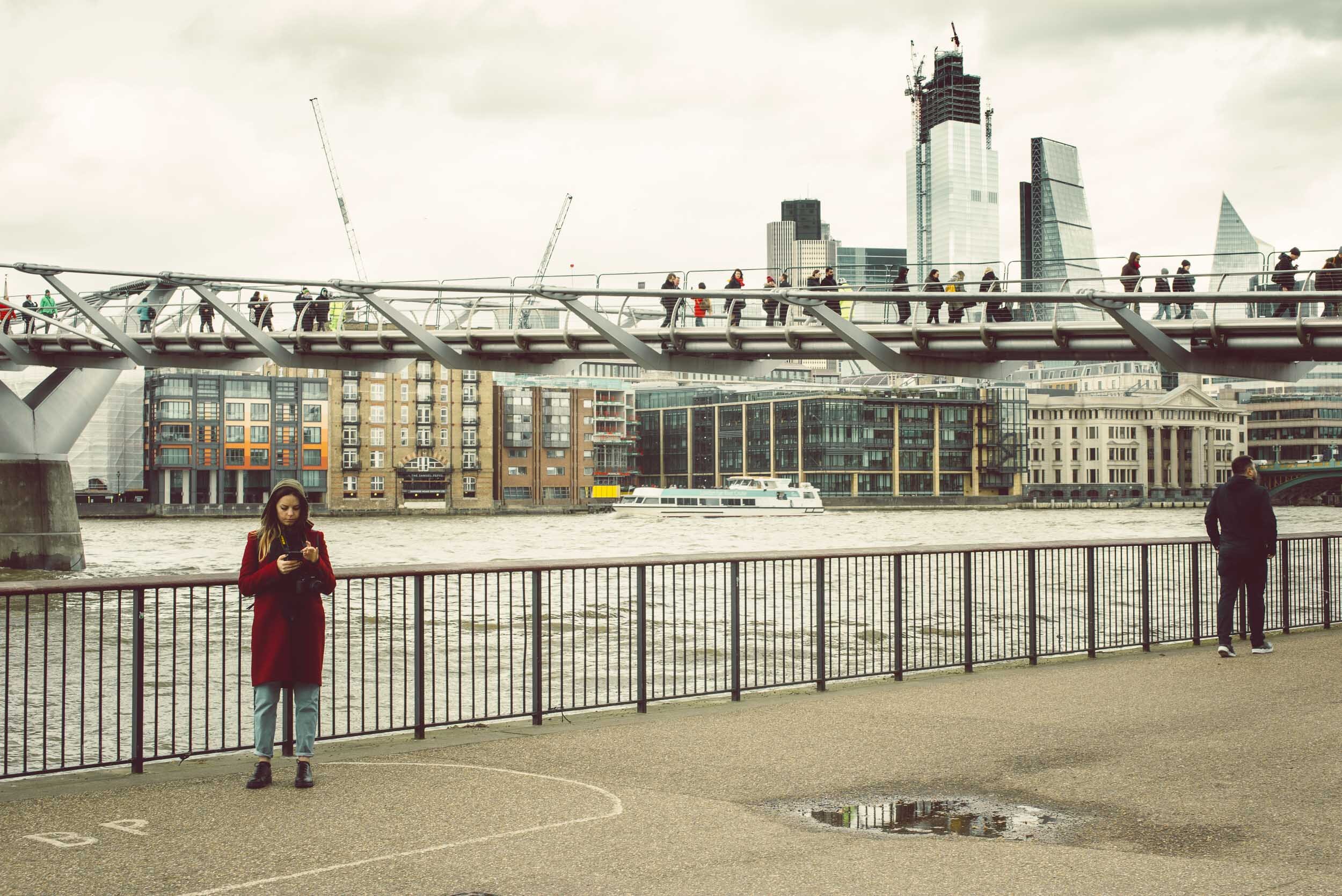‘ISO 1600 - 6400. Aperture f /2.8 - f /1/4. Shutter Speed 1/80 sec - 1/200 sec. Put simply, this is a great starting point for the settings on your camera for easily getting to grips with night street photography.’
Read More‘Rye in the UK, is a great place for street photography. With its cobbled and winding streets, ancient Tudor style buildings, its many pubs and eating establishments, there is ample opportunity to photograph tourists and locals wandering around, looking in shops and coming out of pubs, oh so slightly inebriated.’
Read MoreI know this from first-hand experience - it can be a minefield knowing what settings to use for your night street photography pursuits. That's why I've created this handy guide to the settings that I currently use, that hopefully, you can use too.
Read More‘Are you just getting started with street photography or do you simply want to get the most out of your night time street photography? Here are five simple tips for you to get cracking with right away.’
Read MoreThe M mode on your camera will give you complete control of all of your settings. In Manual Mode, the manual settings give you complete control of the ISO, the shutter speed, and the aperture. The brilliance of Manual Mode is that you get to have complete creative control over the look of your images.’
Read MoreIn my opinion, Shutter Speed is the most important element of street photography - you want to be able to freeze the action, freeze your subjects, or blur them, and shutter speed is the answer, giving you all the control you need to do so.
Read More‘Aperture priority for beginners - this guide will help you if you want to go out and start shooting street photography today and want to have a fair amount of creative control over your camera settings and your images.’
Read More‘Exposure Compensation is great when you want to reduce those highlights or reduce the brightness on that almost blown out sky, when shooting street photography. It is also great when things are looking a little too dark, even though the camera seems to think that it has a correct exposure.’
Read More‘When I first started on my photography journey, I watched a couple of YouTube videos on metering, then set my camera to evaluative metering, (which measures the whole scene) and never thought about metering again, up until I became a street photographer. Now all I do is think about metering! Well, that's not exactly true, but I sometimes have to adjust my metering mode depending upon the subject that I am shooting on the streets and the light conditions that they are in.’
Read More‘Street photography is the kind of photographic genre that you can do without too much fuss. Unlike Landscape Photography, you seldom need to get up at the crack of dawn. Unlike Wildlife Photography you don't need to spend hours waiting in insect riddled grass waiting for your subject to walk into frame, and you don't need to ask people to pose in a certain way and fiddle around with bright lights, as you would with portrait photography.’
Read More‘Ever wanted to know how the Exposure Triangle really works?
Once I understood and mastered how the Exposure Triangle worked, not only for Street Photography but for all genres of photography, I was able to make informed and creative choices when I took photos. I found that good exposure leads to less time trying to fix images in post-processing and more time out shooting and improving.’
Read More‘In order to get sharp shots at night, you will need a fairly fast Shutter Speed of around 1/125 sec - 1/200 sec. If you pick a slower value you risk the chance of getting blurry shots. If you go much faster, depending on your ISO value, you risk your exposure becoming underexposed.’
Read More‘Silhouettes are a great street photography project for a couple of reasons. Number one, you get to learn how to meter for a specific area with your camera's inbuilt light meter. And you also get to create punchy, powerful images, that have extreme contrasts between the highlights and the shadows’
Read More‘Single Shot Autofocus is probably the easiest mode to get to grips with. The camera simply focuses on a subject and doesn't continue to focus, once you acquire focus. It will lock onto a subject and stay locked providing you are half-pressing the shutter button or pressing the focus button if you are using back-button focus.’
Read More‘Zone Focusing is great for street photographers. Using one of three simple methods you are manually pre-focusing your camera and lens and adjusting your aperture, for a specific distance where everything will be in focus and will have a deep depth of field, within that area (zone) that you have set the focus for.’
Read More‘When you are shooting Street photography, you want every opportunity to capture your subjects in that special moment. When they walk into the correct portion of the frame that gives the composition balance; or when they are doing something humorous or out of the ordinary. As Henri Cartier-Bresson said, you want to capture that 'decisive moment'.’
Read More‘I primarily think of myself as an Urban and Street Photographer, however, I started my outdoor photography journey shooting landscape shots. From time to time, I still venture out to the local countryside to capture a few sunset landscape photos and sometimes sunrise.’
Read MoreI love Brighton. It seems to be an underrated place for Street Photography. With its many unique and characterful areas and attractions, Brighton Town actually offers many interesting opportunities for great street photos.’
Read More‘The beauty of shooting in a seaside town, such as Hastings, is that you are not restricted to one style of photography. This is why I recommend that if you are just starting out on your photography journey, the coast is the perfect place to find out what style of outdoor photography you enjoy.’
Read More‘The South Bank in the City of London is a fantastic place for Street Photography. Not only do you have the beautiful setting of the River Thames, the various uniquely structures bridges, the city skyline and St Paul's Cathedral to photograph, you also have a constant stream of people walking along with the river's edge eating and drinking outside cafés and chatting to family and friends. It really is a London street photographer's paradise.’
Read More





